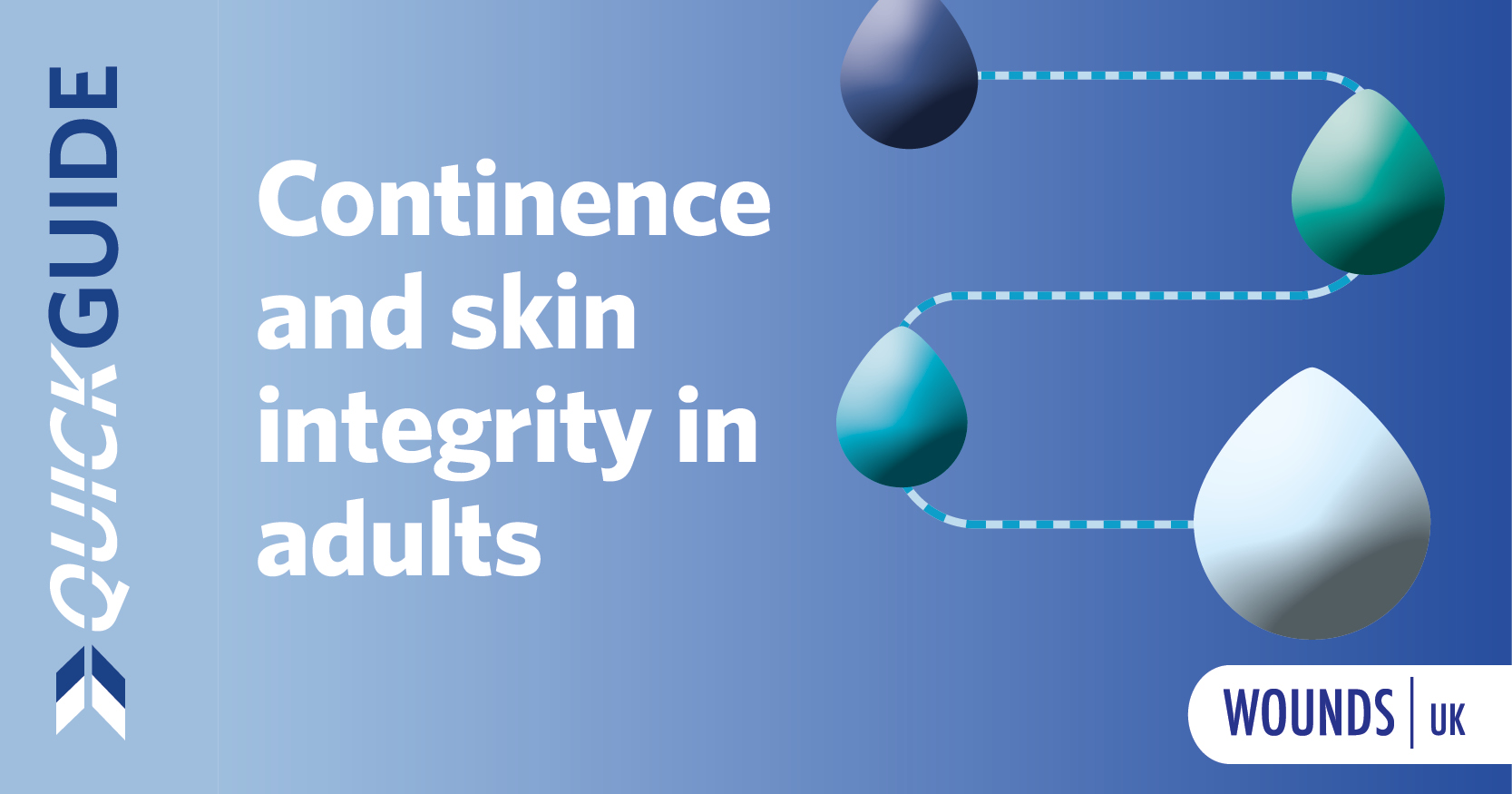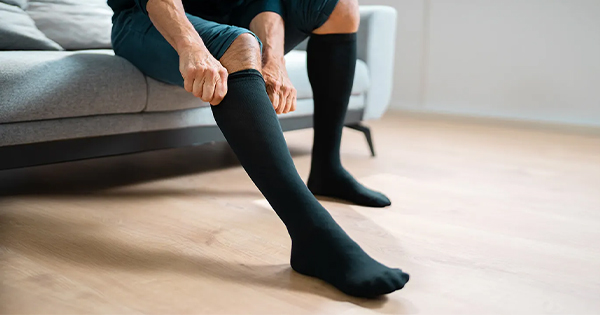Background: Pin-site infection is a common complication in the treatment of fragility fractures of the distal radius in the older population. There is a need for evidence-based practice guidelines for pin-site care as few studies have compared the associated infection rates of different treatment methods.
Objectives: A clinical study was conducted over a 24-month period to record the clinical outcome in patients treated with Acticoat 7, a nanocrystalline silver-release dressing, and OpSite Post-Op, a barrier dressing, in the management of pin-site infection. A secondary objective was to compare these outcomes with those of patients treated with oral antimicrobials.
Methods:Twenty-one outpatients with a K-wire fixation for osteoporotic distal radius fracture with established pin-track infection were studied. The first 10 patients were treated with a one-week course of an appropriate antibiotic determined by culture and the rest were treated with Acticoat 7 and OpSite Post-Op dressings.
Results:All patients in both groups healed completely, although the healing time was variable.
Conclusions:The results from this study confirm that a nanocrystalline silver-release dressing may be effective as an alternative to oral antimicrobials in treating postoperative pin-site infection in otherwise uncomplicated patients. Further randomised clinical study is, however, required.
Conflict of interest:None




